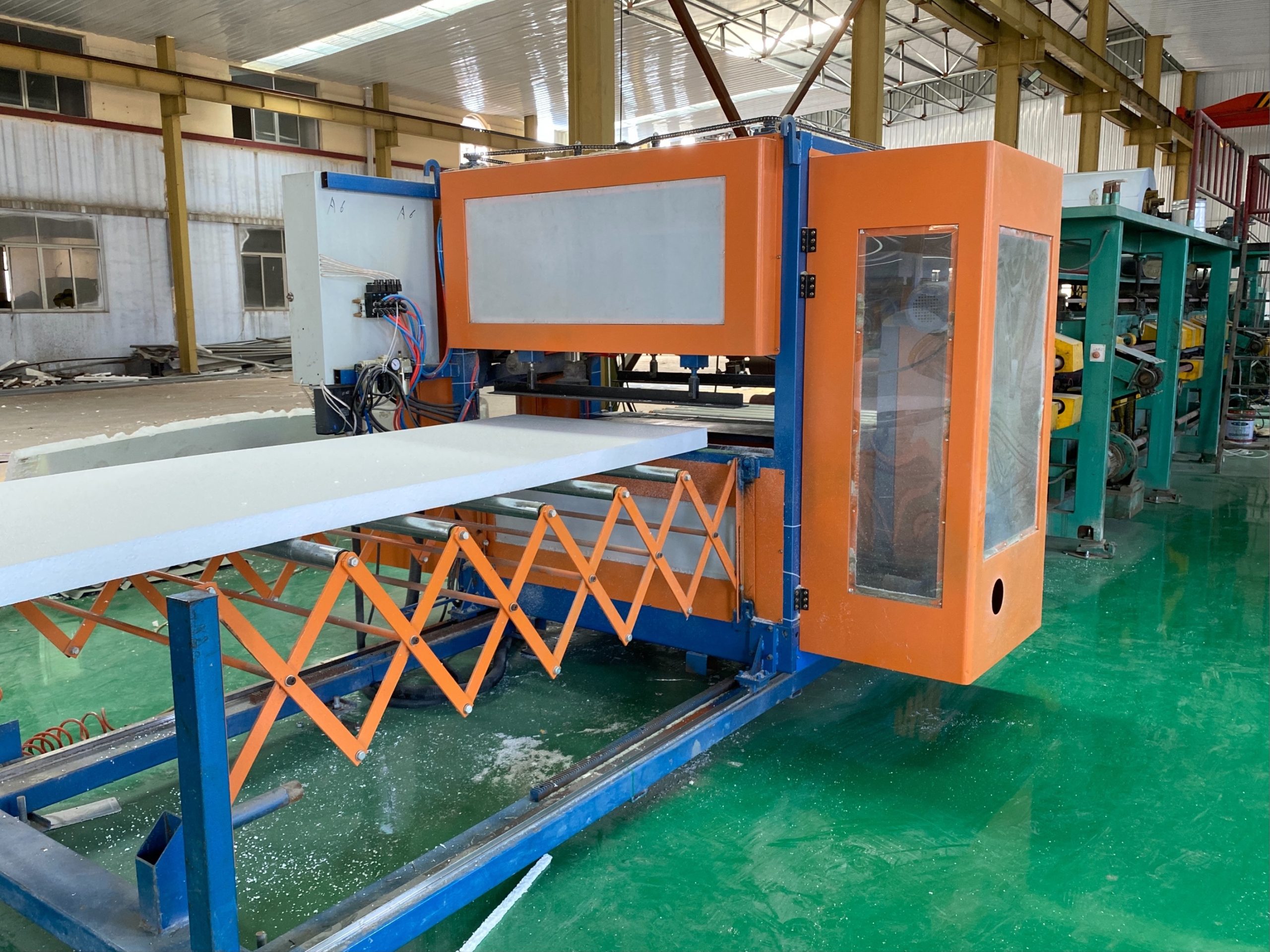Table of Contents
Benefits of Durability in Steel Frame Solar Panel Structures
Steel frame solar panel structures are a popular choice for supporting Solar Panels due to their durability and sustainable utilization. The benefits of durability in steel frame solar panel structures are numerous and significant, making them a preferred option for many solar projects.
One key benefit of using steel frame structures for solar panels is their longevity. Steel is known for its strength and resilience, which allows it to withstand harsh weather conditions, such as strong winds, heavy snow loads, and intense sunlight. This durability ensures that the solar panels remain securely in place for many years, reducing the need for frequent maintenance or replacement.
In addition to longevity, steel frame structures offer excellent protection for the solar panels themselves. The sturdy steel framework acts as a shield, preventing damage from falling debris, hail, or other external factors. This protection not only prolongs the lifespan of the solar panels but also helps maintain their efficiency over time.
Moreover, steel frame structures are highly resistant to corrosion, rust, and degradation. This resistance is crucial for ensuring the structural integrity of the solar panel system, especially in outdoor environments where exposure to moisture and other corrosive elements is common. By using steel frames, the risk of structural failure or damage due to corrosion is significantly reduced, further enhancing the overall durability of the system.
Another advantage of steel frame solar panel structures is their versatility and ease of installation. Steel frames can be customized to fit various sizes and configurations of solar panels, making them suitable for a wide range of solar projects. Additionally, the prefabricated nature of steel frames allows for quick and efficient installation, saving time and labor costs during the construction process.
Furthermore, steel is a highly sustainable material with a low environmental impact. Steel is widely recycled and can be repurposed multiple times without losing its strength or quality. By choosing steel frame structures for solar panels, project Developers can contribute to a more sustainable and eco-friendly energy solution.
The durability of steel frame solar panel structures also plays a crucial role in the overall cost-effectiveness of solar projects. The long lifespan of steel frames reduces the need for frequent repairs or replacements, saving money on maintenance expenses in the long run. Additionally, the resilience of Steel Structures helps protect the investment in solar panels, ensuring a higher return on investment over time.
In conclusion, the benefits of durability in steel frame solar panel structures are clear and compelling. From longevity and protection to corrosion resistance and sustainability, steel frames offer a range of advantages that make them an ideal choice for supporting solar panels. By investing in durable steel frame structures, project developers can create reliable and efficient solar energy systems that deliver long-term benefits for both the Environment and the bottom line.
Sustainable Practices in the Utilization of Steel Frame Solar Panel Structures
Steel frame solar panel structures play a crucial role in the Renewable Energy sector, providing support for solar panels to harness the power of the sun and convert it into electricity. One of the key aspects to consider when evaluating the sustainability of these structures is their durability and sustainable utilization. Understanding how steel frame solar panel structures fare in terms of longevity and eco-friendliness is essential for making informed decisions in the transition towards cleaner energy sources.
Durability is a fundamental characteristic of any structure, especially when it comes to renewable energy infrastructure. Steel, known for its strength and resilience, is a popular choice for constructing solar panel frames due to its durability. Steel frame structures are designed to withstand various environmental conditions, including wind, rain, and snow, ensuring the longevity of the solar panel system. This durability not only contributes to the long-term performance of the solar panels but also minimizes the need for frequent maintenance and replacements, reducing the overall environmental impact of the system.
In addition to durability, the sustainable utilization of steel frame solar panel structures is a critical factor in assessing their environmental footprint. Steel, as a material, is highly recyclable, making it a sustainable choice for construction projects. When a steel frame solar panel structure reaches the end of its life cycle, the steel components can be recycled and used to produce new steel products, reducing the demand for virgin materials and minimizing waste.
Furthermore, the energy efficiency of steel frame solar panel structures plays a significant role in their sustainable utilization. By efficiently supporting solar panels and maximizing their exposure to sunlight, steel frame structures help optimize the energy generation of the solar panel system. This energy efficiency not only enhances the overall performance of the solar panels but also contributes to the system’s environmental sustainability by maximizing the utilization of renewable energy sources.
When evaluating the sustainability of steel frame solar panel structures, it is essential to consider their overall life cycle impact. Life cycle assessments take into account the environmental impact of a structure from its construction to its decommissioning, including factors such as raw material extraction, manufacturing processes, transportation, installation, operation, and end-of-life disposal. By conducting a comprehensive life cycle analysis, stakeholders can gain insights into the environmental implications of steel frame solar panel structures and identify opportunities for improvement in their design and utilization.
In conclusion, the durability and sustainable utilization of steel frame solar panel structures are essential aspects to consider in the transition towards renewable energy sources. By leveraging the strength and recyclability of steel, optimizing energy efficiency, and conducting thorough life cycle assessments, stakeholders can ensure that steel frame solar panel structures contribute to a more sustainable energy future.

